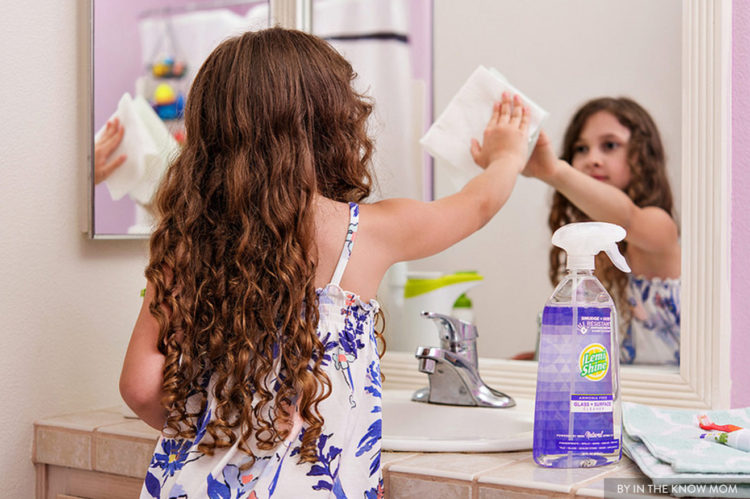People are drawn to an influencer’s ability to tell engaging stories. They attract audiences, compelling readers to learn more and return to discover the next story. Sponsored content is no different. The most successful influencers can create sponsored stories that feel just as authentic and natural as non-sponsored posts, seamlessly weaving in the sponsoring brand, product, or service by telling engaging stories.
So what does it take to create a compelling sponsored story? The Linqia Influencer Success Team formulated a story framework that our most high-performing influencers follow in each program. The framework is backed by the thousands of sponsored stories the Influencer Success Team has reviewed over the course of hundreds of Linqia programs. Read their advice for putting together a framework that returns a fun and captivating sponsored story.
Planning
Before you begin writing, there are three things to identify for your story: the message, tone, and plot.
The message of your story is the brand’s overarching message for the program, or the main “point” of the program, which should be made clear in your program instructions. For example, the message of a baking brand’s program could be promoting the brand’s new gluten-free product line. This message shouldn’t be the main focus of your story, but something that is made clear through selective details throughout the body.
Tone is the emotional feeling of your story. It should align with the brand’s overall tone in communications. You can get a feel for this by visiting their website, social channels, and noting their word choice and general writing style.
The plot is the narrative of your story, or what’s going to happen. The best plots are taken from your real life, as these are the most interesting to your readers who are already invested in your personal story. For inspiration, consider situations or needs in your life that could be resolved with the brand’s product or service and use this as a jumping off point.
Introduction
Start your story with a need that must be addressed. For example, set up a situation that requires resolution in your introduction, like answering a question or avoiding a minor inconvenience. Take one or two paragraphs to explain background details that your audience might need to understand the story.
Don’t mention the brand yet, unless there is a natural segway to insert it, as mentioning the brand so early might seem inauthentic and turn off some readers. However, you can link your Ooh.li link in this first paragraph using a word or phrase that relates to the brand. Using our baking brand program example, if your conflict is the need to quickly bake a fun class treat for your daughter’s elementary schoolmates, you could place your Ooh.li link on the phrase “class treat.”
Body
The body of your story is where the action happens. Introduce the brand in the first paragraph following the introduction and place it throughout your story wherever it feels natural. Link your Ooh.li link a minimum of two times in the body using keywords or phrases relevant to the brand. The more times you link, the more opportunities your audience has to click through. Again, keep this story as personal to your life as possible – these real life details make the story exciting to readers and keep them interested.
It’s best practice to place at least four original images throughout the body of your paragraph (linked with your Ooh.li link), as this has been shown to increase audience engagement and overall performance. Tutorial or DIY posts should place the project instructions in the story’s body. Explicitly state and Ooh.li link the brand as the solution or resolution to your problem or situation in the last paragraph of the body. Take as many paragraphs as you need in this section, but keep in mind that most audience prefer concise, snappy stories.
Conclusion
Place a call to action here. Tie up any loose ends from your story while emphasizing the benefits your audience gains from visiting the brand’s landing page. Pose questions that relate to the original problem and ask your audience for their response, solutions, or to share a time they’ve experienced a similar situation . Your call to action should intrigue your reader to learn more or prompt them to share their own stories with you. This gives the audience a jumping off point for engagement while encouraging them to click through your unique link to boost your program performance.
Well constructed stories are engaging to your audience and inspire them to click through your links and share it with their own circles. Read more about optimizing your sponsored content for engagement in our posts about writing enticing headlines or the five questions you should ask before writing a sponsored post.
